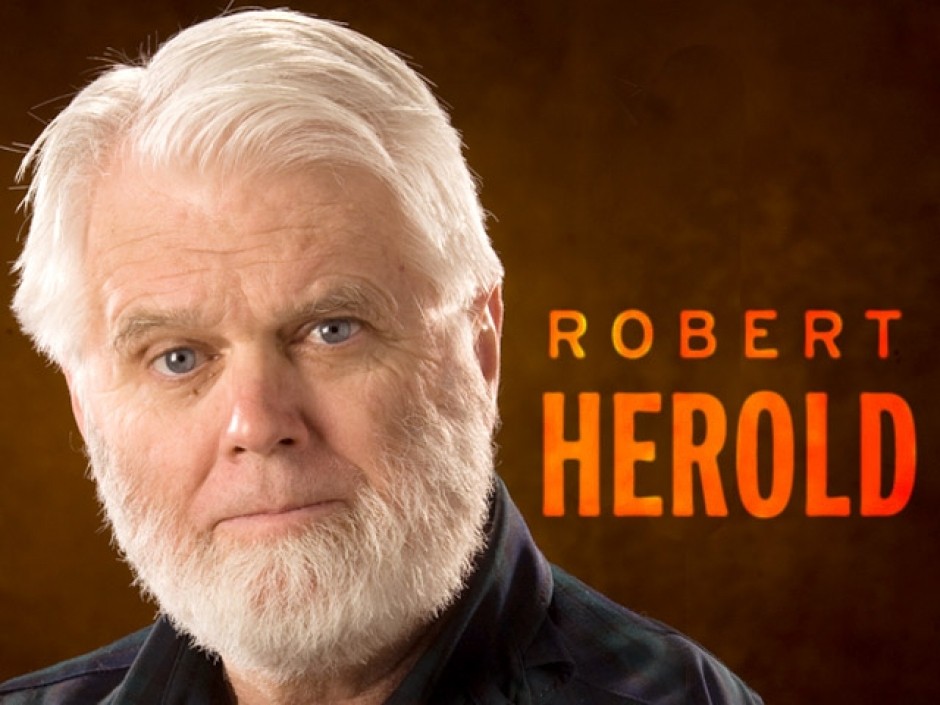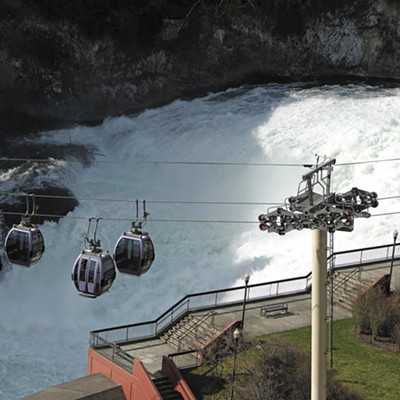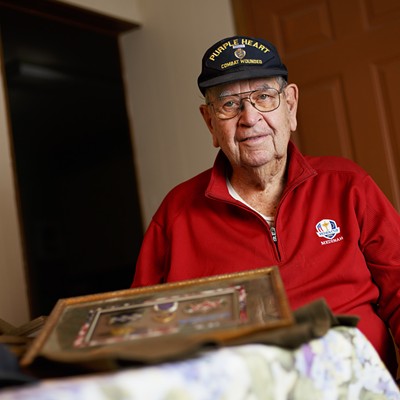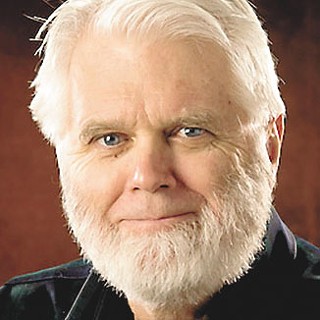As a boy and as a man, I’ve visited the Gettysburg battlefield perhaps a half-dozen times. As do most visitors, I find the place haunting. Walk these grounds and hear the ghosts speaking; you can imagine the smell of gunpowder and cries of pain. You can’t come to this battlefield and leave without feeling a part of our historical tapestry — and wondering what it meant then and what it means today.
Lincoln was right: This is hallowed ground. But it’s also testament to man’s ignorance.
On July 3, 1863, at exactly 1:07 pm, after two days of ferocious mayhem, Gen. Robert E. Lee’s artillerymen opened the largest cannon barrage ever experienced in America; over 150 fired at once, with Union artillery responding. The barrage was heard 80 miles away in Pittsburgh. While the barrage continued, about 12,700 men dressed in grey and butternut walked slowly out from the trees on Seminary Ridge, assembled, and at around 3 o’clock, began their march into history. They marched over open ground toward the Union line on Cemetery Ridge, three quarters of a mile away. As they marched, they were raked with fire from Union artillery on their flanks, from the Round Tops and from the center of the line on the ridge.
This was Pickett’s Charge, which was more of a death march; these troops continued to “dress their line” to fill in their holes after cannon explosions had ripped through. As one writer put it, they got close enough to hear Union artillerymen shout out, “double canister load!” Not what you wanted to hear.
After a short fight at what has become known as the “Bloody Angle,” it was all over. Six thousand lay dead or wounded on the field. The high-water mark of the Confederacy had come and gone.
The Battle of Gettysburg began exactly 150 years ago this week, on July 1, around eight in the morning. It was then that Gen. John Buford’s Union cavalry made a critical two-hour stand against oncoming Confederate divisions marching in from Cashtown. The famed Iron Brigade then arrived on the scene and joined the battle. Hours later, overwhelmed and decimated by casualties, they gave ground and retreated through the town. But Gen. George Meade’s army had time to occupy the higher ground on Cemetery Ridge. Tactically, Lee had won the day; strategically he had lost.
Three days later, with combined casualties of more than 50,000, the battle ended.
Gettysburg tells a story of America, then and now. I take my first cues from all the monuments, some 1,300 in all. Notably, we find only a single, modest monument dedicated to the Army of the Potomac, all the rest, many very elaborate (see especially the wonderful Tammany Monument) are dedicated to states and state militias, otherwise known as the “well regulated militia” come together for common cause.
Lincoln, in his Gettysburg Address, delivered four months after the battle, spoke of “hallowed ground” and “unfinished work” — the latter, as America came to experience, often in conflict with the former. Which brings me to what might be termed the Second Battle of Gettysburg — the never-ending battle in America between hallowed ground and dollared ground.
As recently as a year ago, the Gettysburg Battlefield was threatened by the possibility that a casino would be built nearby. A few years earlier, the Manassas Battlefield was about to see a mall built directly on its outer edge. The Battle of Atlanta took place where we find a freeway interchange today.
As one reporter put it, “Washington, D.C.’s suburban sprawl is slowly strangling the rural lands where the Civil War’s first crucial battles were fought. This battle is never-ending.
In 1974 a Baltimore developer who owned a tiny piece of land just outside park boundaries erected the ultimate insult to Gettysburg, an out-of-scale, 307-foot monstrosity of a viewing tower. He called it the “National Tower,” and despite efforts by the townspeople, the Governor of Pennsylvania and numerous preservation groups, his insult stayed up until 2000. Bill Clinton’s Secretary of the Interior, Bruce Babbitt, had said on taking office that if he did nothing else, he would see that tower come down. And 13 years ago, the tower was imploded to the cheers of locals and visitors. The developer, on seeing his tower demolished, called what the government did an insult to private enterprise. And there you have it.
Some 30 years before the Battle of Gettysburg, Alexis de Tocqueville saw all this coming. He put it this way:
“As one digs deeper into the national character of the Americans, one sees that they have sought the value of everything in this world only in the answer to this single question: How much money will it bring in?”
I doubt that this is what Lincoln had in mind when he used the term “hallowed” nor when he referred to “unfinished work.” But it’s who we were then, and who we still are as a people. The struggle continues.



















